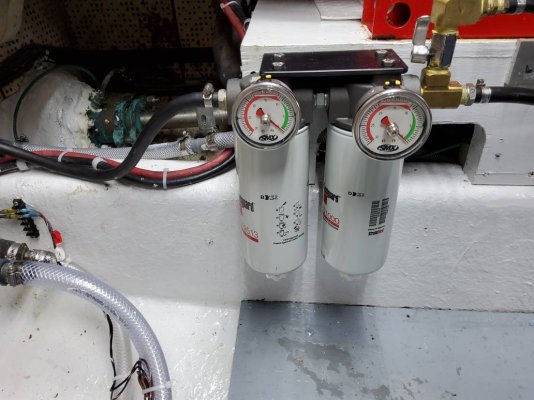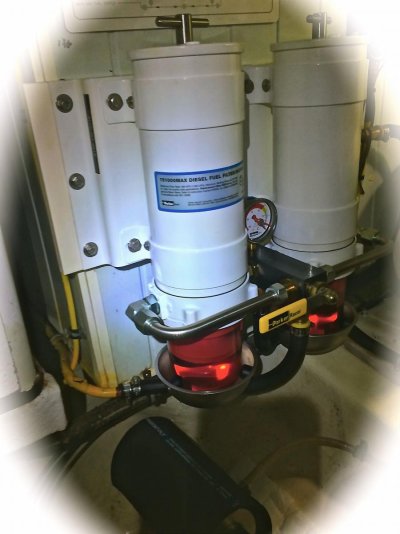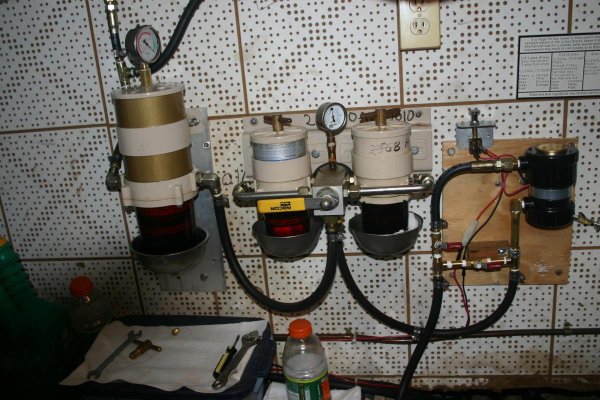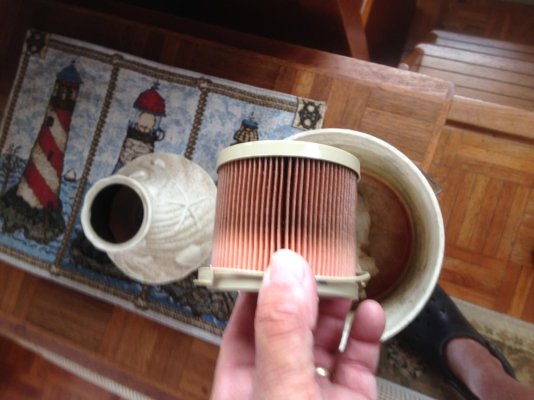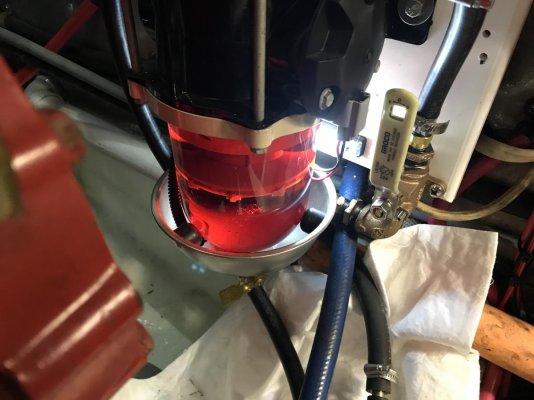HeadedToTexas
Guru
My boat has a single Racor filtering fuel from two tanks to a single engine. Since it has just the "idiot light" indicator, I am adding the new second generation vacuum gauge and that process has me trying to decide if a single filter is enough protection for my single engine.
And if I am going to upgrade to a dual Racor system, should I consider upgrading to a Keenan system? Is that even an upgrade from Racor? Thanks folks.
https://www.keenanfilters.com/monohull-systems/
And if I am going to upgrade to a dual Racor system, should I consider upgrading to a Keenan system? Is that even an upgrade from Racor? Thanks folks.
https://www.keenanfilters.com/monohull-systems/

